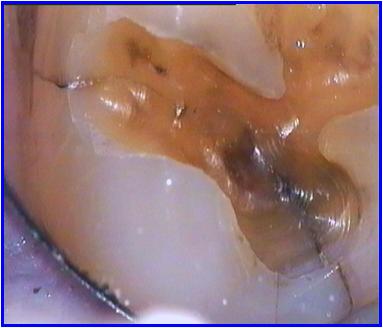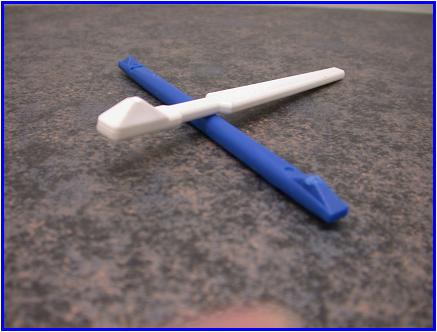
InformationPrimary endodontic treatment Endodontic retreatment Special treatments Endodontics step by stepProduct catalogueOrder and payment information Previous special offers Hand instruments Rotary instruments Operating Microscope General instruments Accessoires Filling materials MiscellaneousRemainingReferences Site map Presentations (RECOMMENDABLE!) Downloads Het Kanaal Links Endoplaza Forum MarketPlaza About Endoplaza Instructions for use website
|
Fractures
An extremely difficult matter. Many uncomprehended complaints have as probable cause a fracture. The widespread use of the operating microscope


How can the fractures be diagnosed:
How to handle fractures: Many fracture lines which occur superficially in the enamel, do not need any treatment. However, it is still very difficult to make such a distinction. Certainly when an old filling has been removed and there are fracture lines in the cavity, then treatment is called for. If a (knob) fracture has not yet led to pain complaints or a non-vital pulp, then a knob covering (plastic) restoration may suffice. Should it be a matter of irreversible pulpitis or a non-vital element, then a endodontic treatment is done according to the normal procedure. However, you should check carefully if the fracture does not yet cause such a crack that moisture from the parodontium can come in the canals. Should this be the case, then the element is lost. Vertical fractures do not lead automatically to extraction of a dental element. This depends on the place of the fracture. For the time being, for a good treatment we refer to “Textbook and color atlas of traumatic injuries of the teeth”. From this page you can order in our web shopto former chapter: Very large canals |